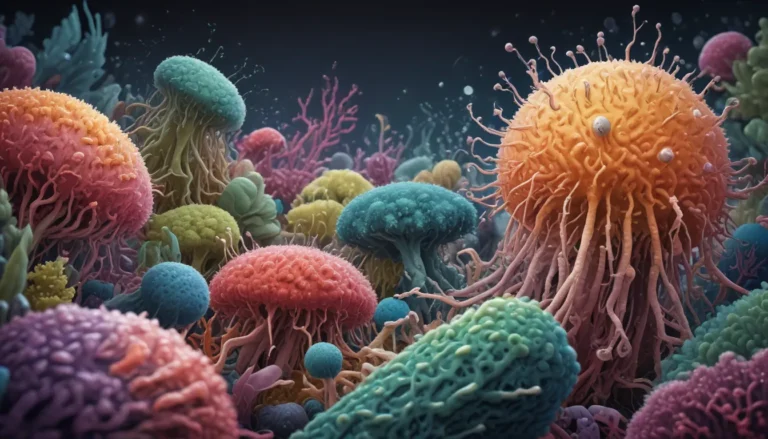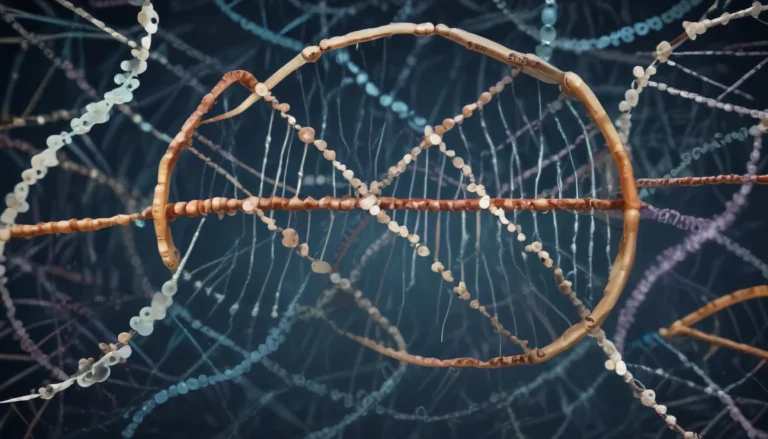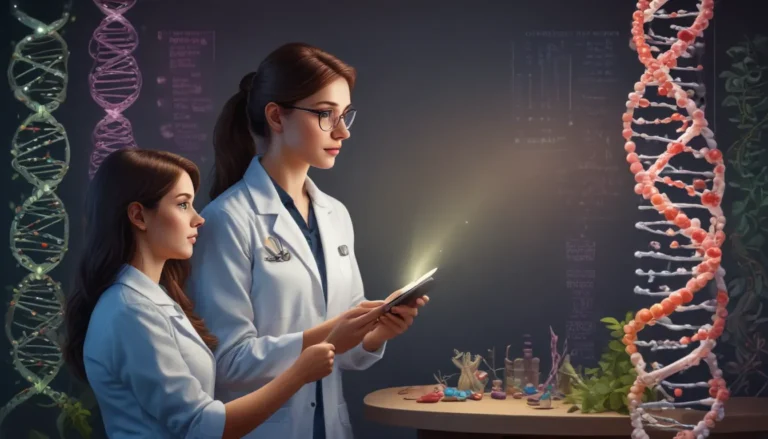A Note About Images: The images used in our articles are for illustration purposes only and may not exactly match the content. They are meant to engage readers, but the text should be relied upon for accurate information.
Are you ready to embark on a journey through the captivating world of DNA sequencing methods? From the trailblazing Human Genome Project to the cutting-edge technologies of today, DNA sequencing has revolutionized our understanding of genetics. Join us as we explore nine mind-blowing facts about these powerful techniques that have reshaped the landscape of scientific discovery.
Evolution of DNA Sequencing: A Remarkable Journey
- The Human Genome Project initiated in 1990 marked a pivotal moment in DNA sequencing history by aiming to map and sequence the entire human genome.
- Next Generation Sequencing (NGS) techniques, such as Illumina sequencing, have made DNA sequencing faster and more cost-effective, opening new avenues for genomic research and personalized medicine.
- Frederick Sanger’s pioneering Sanger sequencing method from the 1970s laid the foundation for modern DNA sequencing by enabling the determination of DNA fragment base sequences.
Unveiling the Intricacies: Dive into DNA Sequencing Techniques
- Shotgun sequencing breaks DNA into small fragments for sequencing, allowing advanced algorithms to reconstruct the original DNA sequence.
- Third-generation sequencing technologies like PacBio and Oxford Nanopore offer long-read sequencing capabilities, detecting large-scale genomic variations.
- Mitochondrial DNA sequencing traces maternal ancestry and explores genetic markers linked to diseases and populations.
- Metagenomic sequencing analyzes complex microbial communities, shedding light on microbial diversity in ecosystems like the human gut microbiome.
- Single-cell sequencing reveals insights into cellular heterogeneity by identifying genetic variations and gene expression patterns within different cell types.
- CRISPR-based sequencing techniques provide precise DNA editing capabilities, combining sequencing and editing for unprecedented accuracy and potential therapeutic applications.
Embracing the Future: The Impact of DNA Sequencing Methods
Evolving DNA sequencing technologies have not only transformed genomics but have also opened new pathways for scientific breakthroughs and medical advancements. By unraveling the mysteries of life at the molecular level, these techniques have paved the way for understanding genetic variations, diagnosing diseases, and exploring the secrets of evolution.
As we continue to delve deeper into the realm of DNA sequencing, expect further advancements to emerge, propelling fields like medicine, agriculture, and environmental science into uncharted territories. The ability to decode the genetic blueprint of living organisms has revolutionized our perception of life itself, offering endless possibilities for innovation and discovery.
Frequently Asked Questions: Demystifying DNA Sequencing
- Q: What is DNA sequencing?
-
A: DNA sequencing is the process of determining the precise order of nucleotides within a DNA molecule.
-
Q: Why is DNA sequencing important?
-
A: DNA sequencing is crucial for understanding the genetic code, studying genetic variations, diagnosing genetic diseases, and unraveling the mysteries of evolution.
-
Q: What are the different methods of DNA sequencing?
-
A: Various methods include Sanger sequencing, next-generation sequencing (NGS), and third-generation technologies like Pacific Biosciences and Oxford Nanopore.
-
Q: How does Sanger sequencing work?
-
A: Sanger sequencing involves fragmenting DNA, amplification with PCR, and determining the sequence by the order of labeled nucleotides.
-
Q: What are the advantages of next-generation sequencing?
- A: NGS techniques generate large amounts of sequencing data rapidly, enabling analysis of multiple samples and facilitating the discovery of novel genetic variations.
Diving Deeper: Discover More About Next-Generation Sequencing
Feeling intrigued by the vast realm of DNA sequencing methods and their transformative impact on scientific research and medical applications? Delve further into the realm of Next-Generation Sequencing (NGS) by exploring our article “17 Intriguing Facts About Next-Generation Sequencing (Ngs).” Discover the groundbreaking technologies at the forefront of innovation and revolutionize your understanding of DNA sequencing methods.
Trustworthy Content: Your Gateway to Reliable Information
At the heart of our mission lies a dedication to delivering engaging and trustworthy content that enriches your knowledge and sparks curiosity. Every fact on our platform is sourced from real users, ensuring a diverse range of insights and information. Our relentless commitment to accuracy and authenticity guarantees that the facts we share are both captivating and credible, providing you with a reliable source of knowledge as you embark on your learning journey with us.






